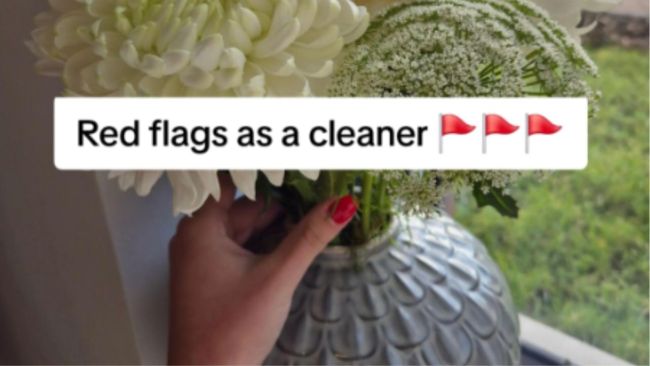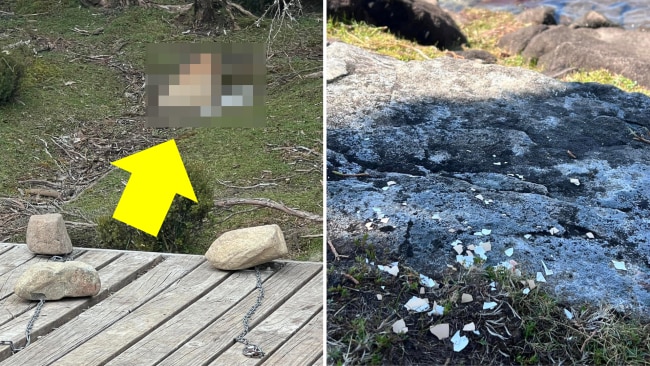We’ve been treating mastitis wrong this entire time
Forget what you know about soothing this painful breast inflammation, new guidelines are the opposite of what we’ve been trying for years.
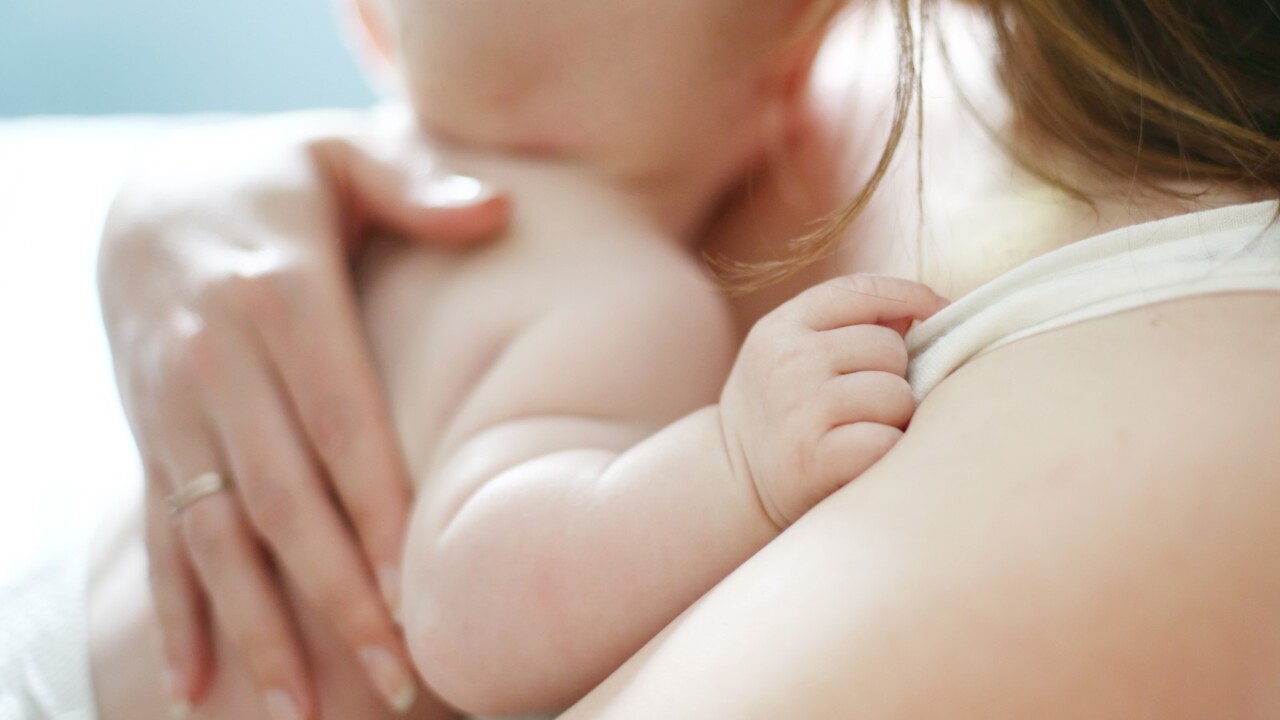
Lifestyle
Don't miss out on the headlines from Lifestyle. Followed categories will be added to My News.
Too many breastfeeding mothers know the excruciating pain and distress that comes with the common breast inflammation, mastitis.
The ailment affects up to 20 per cent of breastfeeding mothers, with many battling for days and weeks to rid their bodies of discomfort and sometimes fevers.
For decades, women have been told to heat their sore breasts, pump more and vigorously massage out lumps - now we’ve been informed this advice is all wrong.
The best way to fix mastitis - is to do the opposite.
Worse, the old treatment could actually be making mastitis worse.
Want to join the family? Sign up to our Kidspot newsletter for more stories like this.
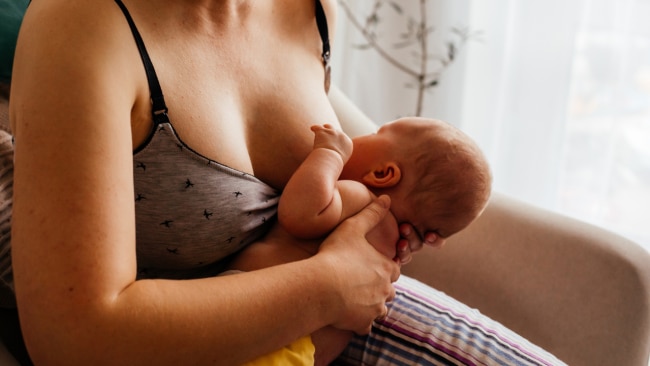
How do you know you’ve got mastitis?
Almost one in five breastfeeding women will develop mastitis, an inflammation of the breast tissue, which occasionally turns into an infection. Mastitis is most common in the first four to six weeks after birth.
Some causes include localised breast inflammation that is not treated quickly, hyperlactation (or oversupply of milk), excessive use of breast pumps or pressure on the breast, like a poorly fitting bra.
Common symptoms of mastitis include a breast that may be red, tender to touch, or painful. You may have swelling, firm areas or lumps in your breast.
Some mothers may also have more flu-like symptoms such as a fever, chills, high temperature, fatigue, joint aches, headache or malaise.
RELATED: Tips for sticking with breastfeeding
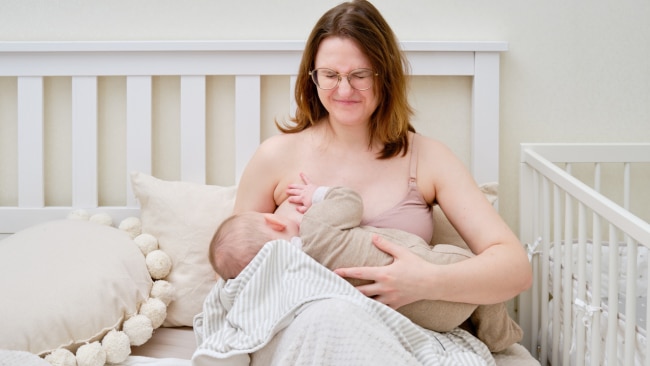
What’s changed with guidelines?
New guidelines by the Academy of Breastfeeding Medicine, an international organisation of medical doctors who support breastfeeding, now advise mothers against using heat, massage, and excessive feeding to move milk.
It’s now understood that mastitis is due to the narrowing and congestion of milk ducts, worsened by overstimulation of milk production, which can result in inflammatory mastitis, and sometimes develop into bacterial mastitis.
The lumps that women with mastitis might feel are a build-up of fluid, linked to this inflammation.
This debunks the old belief that mastitis was caused by “clogged ducts”, which led women to try and “empty” their breasts by feeding their babies more or pumping, and massaging out lumps.

How should we treat it now?
The old advice we’ve all been given is to ‘unplug’ the milk ducts by using heat, deep tissue massage while feeding or in between feeds, and increased breastfeeding.
The new advice is to:
- Breastfeed normally, not favoring the affected side. If anything, repeated feeding could exacerbate the inflammation. Also to minimise pump usage, only pump in place of feeds.
- Use cold compresses (such as wrapped ice packs or wet a disposable pad or nappy and freeze) to relieve pain and inflammation, as heat can worsen inflammation.
- Don't do aggressive massages. Avoid any squeezing, or deep tissue massage of affected breasts. Alternatively try manual lymphatic drainage, which involves a light sweeping up from the nipple towards the armpit.
- Over-the-counter medication such as ibuprofen and paracetamol can help with pain relief and inflammation.
- Other advice includes to decrease stress, rest and wear an appropriately fitted bra.
- Some people may benefit from therapeutic ultrasound.
- For those with recurrent mastitis, or bacterial mastitis, it's suggested to consider probiotics, which have been shown to be effective for both treatment and prevention of mastitis. One Australian brand, Qiara is backed by research that recurrent mastitis is more prevalent in breastfeeding women with low levels of lactobacillus fermentum – the exact strain used in Qiara.
- Don't rush to use antibiotics. The protocol says antibiotics are being over prescribed for mastitis and often make women feel better because they contain anti-inflammatory properties.
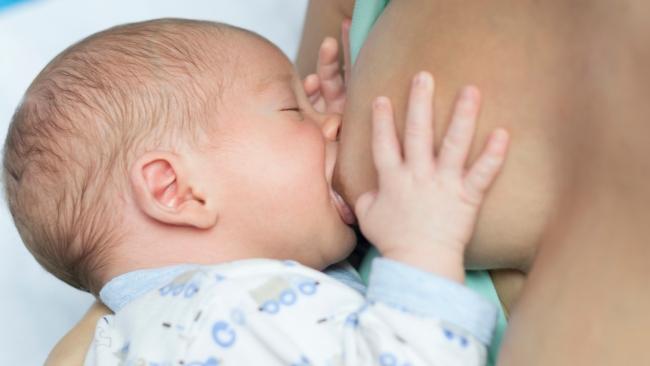
"Positive change"
Sydney GP and lactation consultant Dr Eliza Hannam has been sharing the new guidelines with other medical professionals and clients for over a year.
She says some Australian doctors are changing practice, and moving away from vigorous massage, warmth and antibiotic medication to treat mastitis, but there’s still a long way to go until patients can find this information easily.
“I think it’s a positive change reframing the way we’re thinking about inflammation around the ducts as the main issue, and shifting from the thought of moving a ‘blockage’ in the ducts,” she says.
“I work in an area of medicine where we’re all aware of this information and have been sharing with patients.”
Author and lactation consultant Pinky McKay said the new treatment just makes sense.
"We used to be advised: 'warmth, rest and empty your breast'. However, the new treatment advice is almost the opposite,” she says.
“As mastitis starts with inflammation, applying heat and vigilantly massaging and feeding or pumping to ‘empty’ the breast and potentially causing over-supply, can make inflammation worse.
“After all, we wouldn’t massage or put a heat pack on a sprained ankle, would we? However, ‘REST’ certainly still applies”.
How to prevent mastitis
The Australian Breastfeeding Association has updated it's own guidelines in February 2023, with new advice about cooling affected breasts.
It also advises the best way to prevent mastitis in the first place.
- Make sure your baby is positioned and attached well to help them remove milk easily
- Treat sore or damaged nipples promptly.
- Start each feed on alternate breasts to ensure milk is removed from both breasts often
- If one or both breasts become uncomfortably full, you can wake your baby and offer a feed
- If your baby is not feeding well at the breast, you can express to replace missed breastfeeds
- You may be more likely to get mastitis if you are “run down”. Resting, drinking to your thirst and eating nutritious foods may help.
- If you are weaning, try to do it gradually, reducing breastfeeds over several weeks
- Avoid expressing extra breastmilk if your baby is feeding well at the breast.
More Coverage
Originally published as We’ve been treating mastitis wrong this entire time




